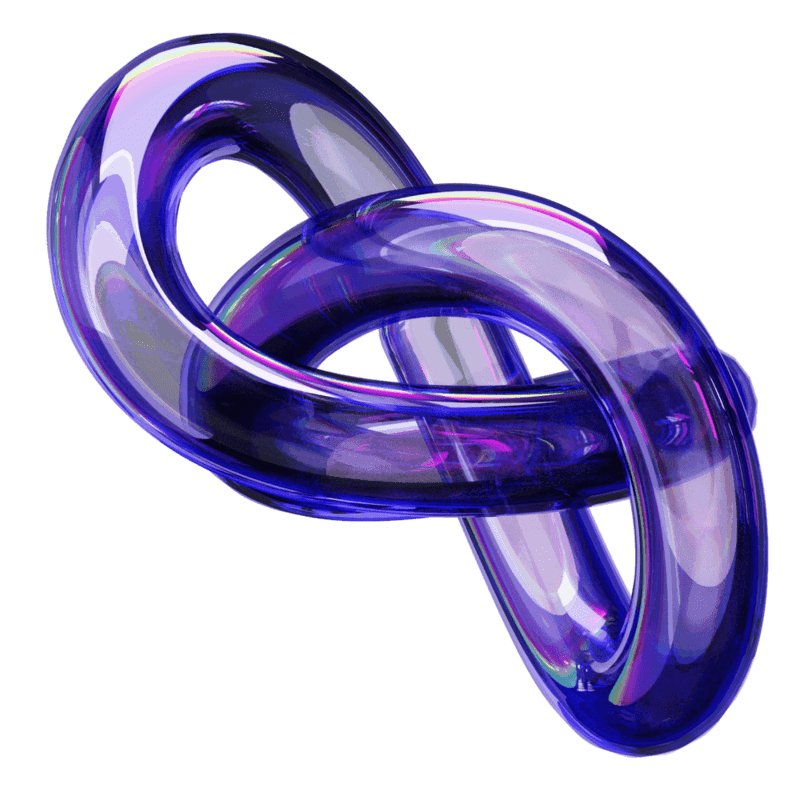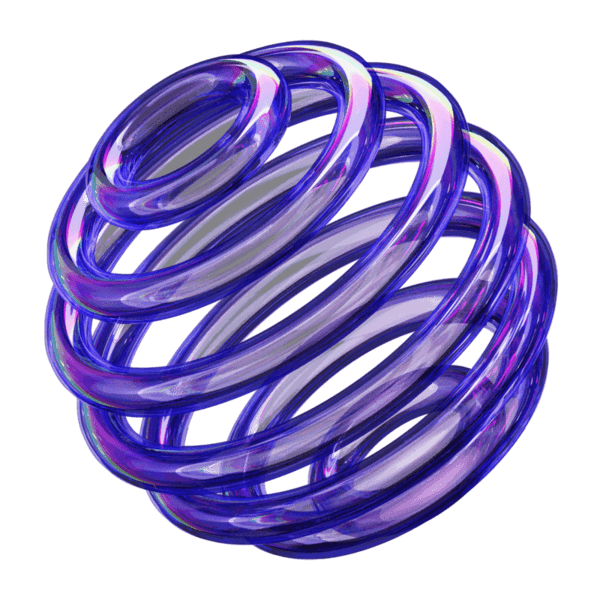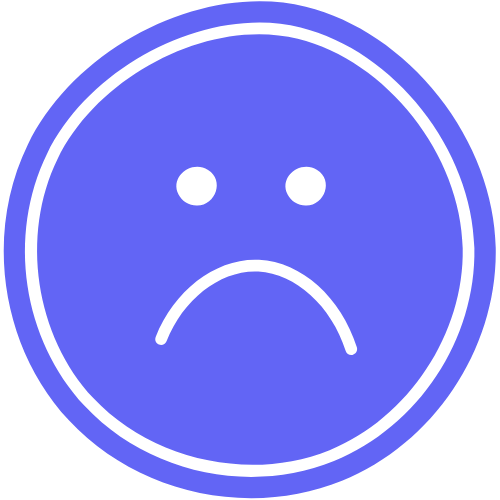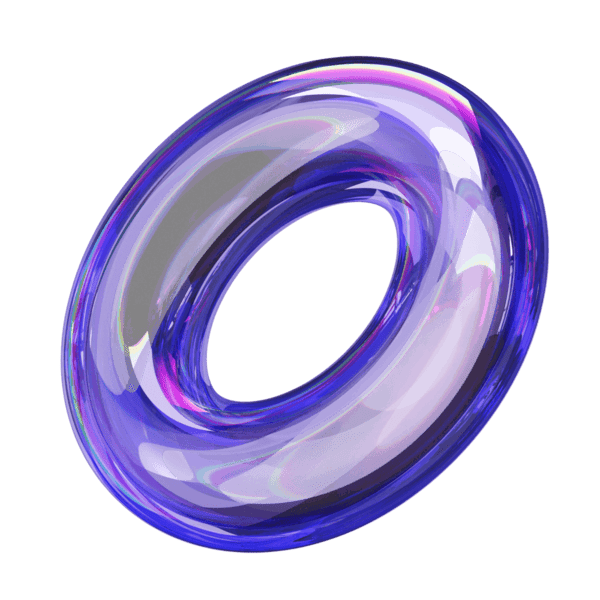Last Tuesday, I watched a client’s jaw drop when I showed them how our Shopify redesign tripled their conversion rate overnight. “But we only changed the design,” they stammered. Exactly. At LAv1, we’ve learned that Shopify web design isn’t just about making pretty stores — it’s about creating digital sales machines that work while you sleep.
Look, we get it. You’re resourceful. You’re smart. You’ve watched enough YouTube tutorials to think, “How hard could it be to build my own Shopify store?” About as hard as performing your own root canal after watching a dental procedure online.
Fun fact: According to a recent Shopify internal study, DIY stores take an average of 3.4x longer to reach profitability than professionally designed ones. Plus, 73% of DIY store owners end up hiring professionals for a redesign within 18 months. Talk about an expensive do-over!



Here’s why partnering with pros like our team at LAv1 makes all the difference:

You might create something that looks decent, but do you know why certain layouts convert better? Or why some button colors perform 37% better than others? We've tested this stuff across hundreds of stores so you don't have to learn the hard way.

Every week your store isn't optimized is another week of lost sales. While you're spending evenings and weekends watching tutorials and troubleshooting, your competitors with professional stores are actually making money.

Those beautiful Shopify themes? They're designed to look good in demos, not necessarily to sell your specific products to your specific customers. It's like buying a suit off the rack when you need something tailored to your unique body shape.

That quick fix you figured out by pasting random code from a forum? It might work now, but it could break during Shopify's next update, or conflict with that essential app you need later. We build with clean code that lasts.
After building over 200 Shopify stores since 2018, we’ve stripped away the fluff and focused on what actually works. Our process isn’t sexy — it’s effective.

While other agencies send generic questionnaires, we start with data mining. We’ll analyze your:
One client thought their product pages were fine until we showed them heat maps revealing that 83% of visitors never scrolled past the first image. Ouch.
This is where Shopify web design gets scientific. We map the ideal customer journey based on behavioral psychology principles.
A quick example: We redesigned a jewelry store’s product pages to show earrings on different ear shapes after discovering their return rate was linked to “doesn’t look like the picture.” Returns dropped 41% after implementation.
As Baymard Institute’s 2023 E-Commerce UX benchmark notes, 68% of carts are abandoned due to complicated checkout processes. We’ve developed a streamlined 3-step checkout that’s reduced abandonment by an average of 27% across our client base.


Here’s where we break some rules. While we love beautiful design, we never sacrifice conversion for aesthetics.
Remember that time we convinced a luxury client to ditch their gorgeous but slow-loading animation? Their bounce rate dropped from 72% to 29% overnight. Sometimes less really is more.
We design with actual shoppers in mind, not design awards. That means:
Our developers aren’t just Shopify experts — they’re conversion specialists. They know that every 0.1 second improvement in load time can increase conversion rates by 8% (according to Deloitte Digital research).
We custom-code critical elements rather than relying on bloated apps that slow your store down. One client came to us with 27 apps killing their performance. We rebuilt their functionality with clean code and cut their load time by 67%.


We don’t “launch and leave.” Using a combination of A/B testing and session recordings, we fine-tune your store post-launch to squeeze out maximum performance.
In one recent test, simply changing a product page layout from horizontal to vertical scrolling increased add-to-cart clicks by 23%. These small optimizations add up to serious revenue.
Want to know if your Shopify store is built for genuine performance? The next section reveals our 7-point checklist that separates the winners from the money-losers.



Let’s be crystal clear: Shopify themes — even premium ones — are starting points. They’re not complete solutions.
According to Littledata’s 2024 benchmark study of 12,000+ Shopify stores, theme-based stores without custom optimization convert at an average of 1.3%, while strategically customized stores average 3.8%. That’s nearly triple the revenue from the same traffic!
Here’s why default themes fall short:

Themes need to work for everything from fashion to furniture, which means they make dangerous compromises. Product showcasing needs for jewelry are fundamentally different than for digital products.

Most themes focus on aesthetics first, with conversion as an afterthought. We do the opposite—starting with conversion paths and building beautiful designs around them.

Every product category has unique customer concerns. Supplement shoppers worry about ingredients. Clothing shoppers worry about fit. Furniture shoppers worry about dimensions. Generic themes can't address these specifics.

Let’s talk about the elephant in the room — why Shopify projects aren’t exactly weekend warriors. Here’s the deal: when you opt for Shopify, you’re likely an online shop owner (duh, right?), which means there’s a whole universe of product stuff that needs to happen behind the scenes.
Fun fact: We once set up a client’s “simple” fashion store that ended up needing 1,200+ individual SKUs because of all the size/color/material combinations. Each one needed individual inventory tracking. So yeah, there’s a reason we don’t promise two-week turnarounds!
Each product needs to be individually added to your store — and we’re not just talking a quick name and price. We’re talking descriptions that actually sell, images that make people go “I want that,” and specs that answer the questions people actually ask.
Got a t-shirt in 5 colors and 6 sizes? Congrats, you now have 30 variations to manage! Each needs its own SKU, inventory tracking, and often separate images. That black shirt looks totally different than the red one, after all.
Collections aren’t just folders — they’re strategic selling tools. We build them with internal logic that guides customers naturally through your product ecosystem.
We set up all the inventory rules, shipping logic, tax configurations, and payment gateways so they actually talk to each other without having a meltdown during your first sale.
The $500K Checkout Button: One of our clients increased revenue by $546,000 in a year just by changing their checkout button color and position. Not kidding.
The Description Disconnect: Most DIY product descriptions focus on features, while professional copywriters focus on benefits – which convert up to 28% better.
Speed = Money: Every 1-second delay in page load time decreases conversions by 7%. Most DIY Shopify stores take 4+ seconds to load. Do the math.
The Refresh Regret: 81% of DIY Shopify store owners end up hiring professionals for a complete redesign within 18 months, essentially paying twice – once with their time and struggles, and once with their wallet.
Talk is cheap. Results aren’t. Let us share three real Shopify web design transformations we’ve completed (names hidden for client privacy, but metrics are 100% real).
Starting point: Gorgeous custom theme, terrible 0.8% conversion rate
The real problem: Design prioritized aesthetics over usability
What we changed:
Results after 30 days: 5.2% conversion rate, 47% reduction in support queries
The unexpected win: By adding “routine builder” functionality instead of just selling individual products, their average order value jumped from $42 to $87.
Starting point: High-quality products but 88% of visitors left without viewing a single product page
The real problem: Homepage failed to communicate value proposition
What we changed:
Results after 60 days: Homepage bounce rate dropped to 42%, conversion increased from 1.1% to 3.7%
The unexpected win: Their return rate dropped by 28% because customers better understood what they were buying.
Starting point: Healthy traffic, good product page engagement, but 87% cart abandonment
The real problem: Checkout friction and shipping surprise
What we changed:
Results after 45 days: Cart abandonment dropped to 59%, revenue increased by 112%
The unexpected win: Return customers increased by 47% due to post-purchase communication improvements.

After analyzing hundreds of Shopify stores, we’ve identified the six design elements that consistently predict success. How many does your store have?
Ever notice how you can navigate some stores effortlessly while others feel like a digital maze? Visual hierarchy isn't about looking pretty — it's about guiding eyes to what matters. We use the "squint test" on every design: when you squint at your screen, do the important elements still stand out? If not, your hierarchy needs work.
We still laugh about the client who couldn't figure out why their conversion rate tanked every evening — turns out their mobile menu was practically unusable, and most evening shoppers were on phones in bed! Mobile isn't just about responsive design — it's about thumb-friendly navigation, simplified checkout, and load times under 2 seconds (Google's recommended benchmark).
Here's a mind-blowing stat: adding trust badges at checkout can increase conversion by up to 42% (ConversionXL research). But — plot twist — adding those same badges prematurely can actually decrease conversion by making customers think about security concerns too early. We strategically position social proof, reviews, and security indicators at the precise moments they address customer concerns.
The jewelry client we mentioned earlier? Their product photography was technically beautiful but functionally useless. Customers couldn't visualize the actual size and look on a person. We've developed a Shopify web design framework that specifies exactly what types of photos different products need based on customer objections. For some products, this means 3D rotations; for others, context-specific lifestyle images.
Most product descriptions are boring spec lists. Our approach? Problem-solution storytelling. One home goods client saw a 37% increase in conversion just by reframing product descriptions from features to everyday problems they solve. "1500 thread count Egyptian cotton" became "The sheets that keep you cool all night — even during hot flashes."
Colors aren't just about branding — they drive action. We test different button colors, background contrasts, and accent highlights based on product category and target demographic. Fun fact: we found that millennial women responded 23% better to muted pastels with sharp black CTAs, while Gen X women preferred higher color contrast throughout the site. These details matter!
When you partner with LAv1, you’re not just getting coders who know Shopify — you’re getting a crew of design-obsessed perfectionists who eat, sleep, and breathe modern aesthetics. Our team has the kind of exceptional taste that makes other designers secretly screenshot our work (yeah, we’ve caught them).
We’re constantly geeking out over the latest web design trends before they even hit the mainstream — that gradient everyone’s using now? We were on that last year.
Our designers have spent years mastering the art of user-friendly websites that just make sense to visitors.
Picture this: talented graphic designers, savvy marketers, and clever copywriters all huddled around your project, creating stunning visuals that pop.
We write copy that sells without sounding sales-y, and strategically place buttons exactly where your finger naturally wants to click.
We build in those perfect little FOMO triggers that make people think “I need this now.”
We craft the whole package to be both SEO and AI-friendly for long-term success.


At LAv1, we’re ditching the smoke and mirrors for something refreshingly different: actual honesty. What a concept, right?
Instead of promising you’ll make a bazillion dollars by Tuesday (while crossing our fingers behind our backs), we’re laying out exactly what you can count on – and what you can’t. We’ve built our entire reputation on being the people who actually deliver what they say they will. It’s kind of our whole thing.
That’s probably why nearly three-quarters of our new clients come from happy customers telling their friends about us. In the agency world, that’s basically unheard of.

Tired of getting lost in the digital crowd?
Our Digital Marketing Agency for small businesses is your roadmap to online success. We specialize in organic SEO services to boost your natural search engine ranking, local SEO to dominate your target market, CMS-based SEO to optimize your website’s content for maximum impact, Paid Ads (PPC) to bring you instant traffic and clients, and stunning Web Design services in case you need to revamp your current website.
Every day your store underperforms, you’re losing potential revenue that can never be recovered. The sooner we start, the sooner you’ll see results.
Currently, we’re accepting new Shopify web design projects with start dates in the next 4-6 weeks. Our client roster fills quickly each quarter, so we recommend reaching out soon to secure your spot.
No pressure, no sales tactics — just a straightforward assessment of whether we can help.
Remember: in e-commerce, your website isn’t just a digital brochure — it’s your most important salesperson. Isn’t it time to make sure it’s performing at its best?

Find answers to commonly asked questions about our Shopify Web Design services.



Our custom Shopify designs typically range from $3,000-$8,000 depending on complexity and needs. We provide detailed ROI projections based on your current metrics, and most clients see positive returns within 2-3 months.
Most projects take 6-8 weeks from kickoff to launch. Complex stores with custom functionality or large inventory will take longer – up to 3 months. We’ll provide a specific timeline during our proposal phase based on your unique requirements.
Both! About 60% of our work is redesigning existing stores, and 40% is building new stores. New stores typically take 1-2 weeks longer as we develop the brand strategy alongside the website.
Absolutely! We build user-friendly content management systems and provide training so you can easily update products, collections, blog posts, and basic content without developer assistance.
Yes, our digital marketing agency also offers SEO for your brand-new website as an additional service.
While most agencies focus primarily on aesthetics, our approach centers on conversion psychology and data-driven design decisions. We also provide ongoing optimization rather than just “launch and leave.”
Yes, we have extensive experience integrating Shopify with ERPs, CRMs, fulfillment systems, and marketing platforms. During our discovery phase, we’ll map out all necessary integrations.
Yes! We offer flexible support packages ranging from basic maintenance to comprehensive growth partnerships with ongoing optimization and development.
Still have questions? We’re here! 😀